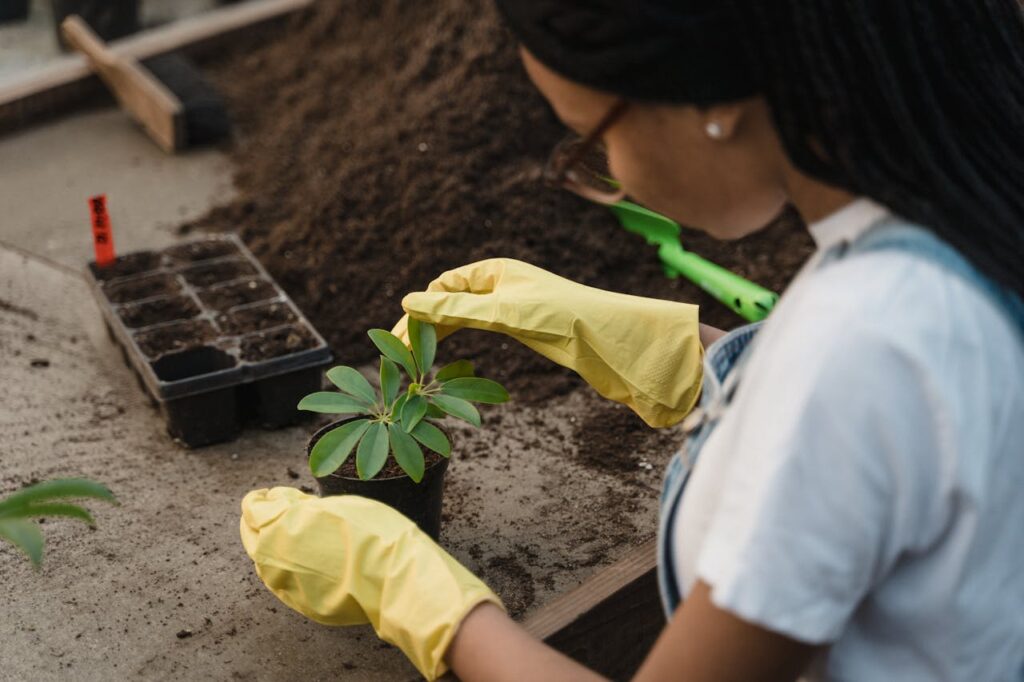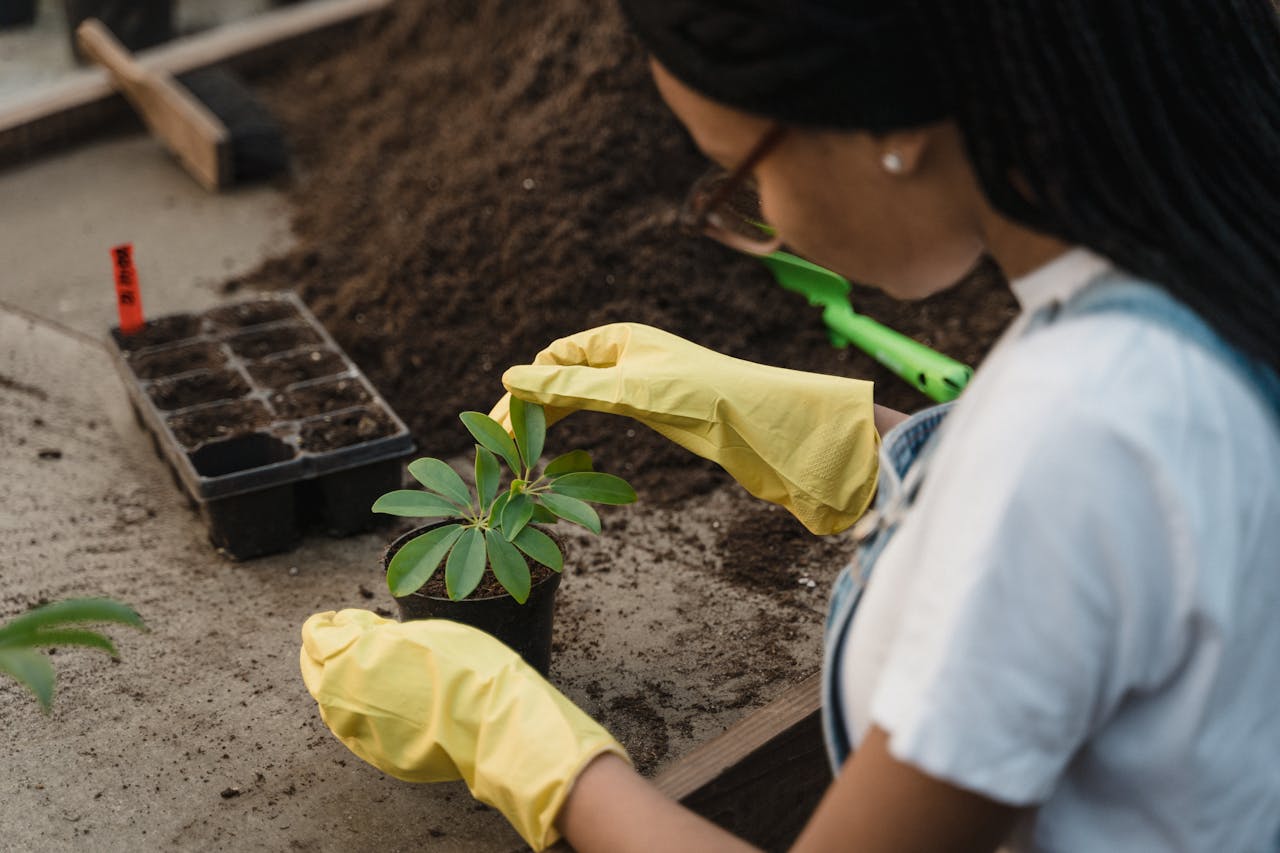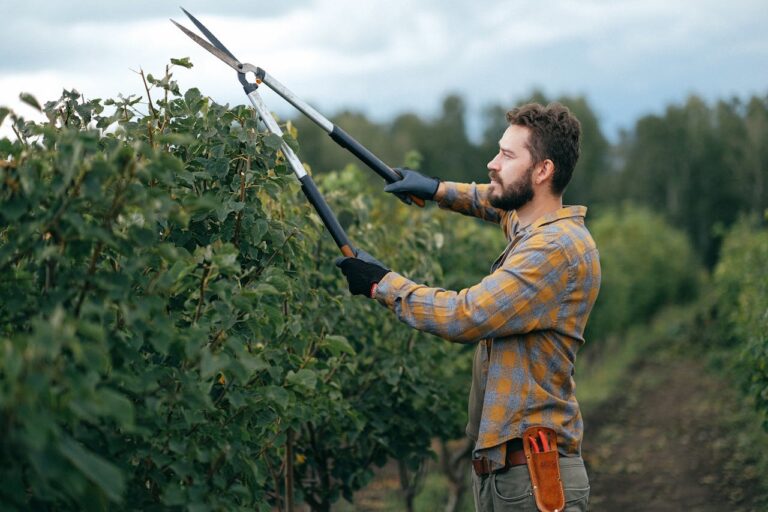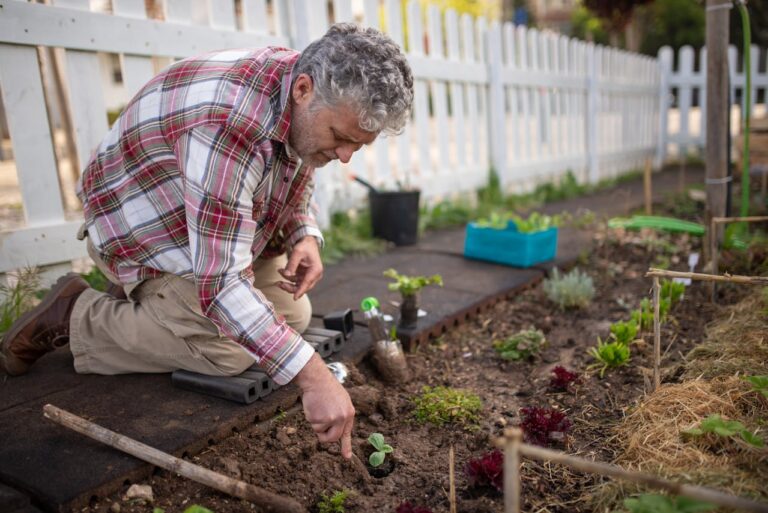Water-Smart Gardens: Saving Every Drop Outdoors
A water-smart garden begins with thoughtful design that works in harmony with the local climate. Instead of laying out vast stretches of thirsty lawns, homeowners can use zoning to group plants by their water needs. This way, high-water plants are placed together and low-water varieties take the spotlight elsewhere, ensuring every drop is used wisely. Careful design also includes contouring the land to capture rainfall, reducing runoff, and giving the soil more time to absorb precious moisture.
Choosing Drought-Tolerant Plants

Plant selection is one of the most powerful tools for saving water outdoors. Drought-tolerant and native plants naturally thrive with little irrigation, making them perfect for water-smart gardens. These species not only withstand dry conditions but also add unique textures, colors, and seasonal interest to the landscape. By filling garden beds with hardy choices, homeowners can enjoy lush, vibrant yards that stay green even in times of drought.
Maximizing Irrigation Efficiency
Watering methods make a significant difference when it comes to conservation. Drip irrigation systems, soaker hoses, and smart controllers deliver moisture directly to the roots, where it matters most, instead of wasting it on sidewalks or through evaporation. Setting timers for early mornings or late evenings further ensures water is absorbed before the sun can steal it away. These small adjustments turn routine watering into a precise, efficient process that saves gallons over the course of a season.
Enhancing Soil and Mulch
Healthy soil holds onto water like a sponge, making soil improvement a vital step in water-smart gardening. Adding compost increases organic matter, which boosts the soil’s ability to retain moisture while nourishing plant roots. Mulching around garden beds provides a protective layer that keeps the ground cool, reduces evaporation, and suppresses weeds that compete for water. Together, soil enrichment and mulching create a resilient foundation that helps gardens thrive with less irrigation.
Practicing Smart Maintenance
The final piece of a water-smart garden lies in how it is maintained day by day. Regularly checking for leaks in irrigation systems, trimming plants to reduce excess demand, and reusing captured rainwater all help conserve resources. Even small habits, such as sweeping driveways instead of hosing them down, make a big difference in long-term water savings. By committing to these practices, homeowners not only cut down their water bills but also contribute to a more sustainable future, proving that beautiful gardens can flourish while saving every drop outdoors.



